Girls Who Code Club Get in the ‘Algo-rhythm’ of Inspiring and Teaching
Discussions and instructions of coding principles can be heard among an orchestra of clacking keyboards in room 802. The center of it all? The Girls Who Code club.
The Girls Who Code club is a chapter of a larger international organization of the same name aimed to support and increase the number of women in computer science. Freshman Avnit Kaur took on the role as club president in hopes of providing an encouraging environment where girls can learn how to code without any prior knowledge, according to Kaur.
“There’s a lot of barriers for women trying to go into STEM because people just don’t support them,” Kaur said. “I really wanted to tackle this problem through my Girls Who Code club because I feel that everyone should have an equal opportunity to pursue their passion.”
I joined again this year because I wanted to continue to learn how to code and help others code to bring more female representation in STEM. I think that it makes it easier for girls to get more opportunities to learn without feeling overwhelmed or pressured.
— Shriya Ravipati
During meetings, members learn how to code languages such as Python and Java to create larger projects like games and interactive art. The club also plans to participate in hackathons and volunteering sessions to teach coding at local elementary schools. The volunteer work will hopefully extend the impact of the club, according to club secretary and sophomore Shriya Ravipati.
“I joined again this year because I wanted to continue to learn how to code and help others code to bring more female representation in STEM,” Ravipati said. “I think that it makes it easier for girls to get more opportunities to learn without feeling overwhelmed or pressured. A lot of STEM-related clubs and coding clubs are mostly with a bunch of guys. They might not feel like they belong there.”
Women only make up 28% of the STEM workforce, indicating a concerningly wide gender gap in such fields, According to the American Association of University Women.
“My first experience with STEM was doing robotics in middle school, and I remember being one of the few girls who joined that club, so I wanted to be the one to represent girls more,” social media manager and junior Selina Syed said. “I remember trying to get my friends to join it. I feel like having a separate club for girls who are into coding is a good way to showcase that we are also talented in the field.”
The mission of clubs focused on inclusion, such as Girls Who Code, have the potential to change lives and empower through knowledge as well as offering a source of representation, according to Kaur.
“I have already seen a lot of impact,” Kaur said. “We have already hosted our first ever coding lesson where all the girls were constantly raising their hands, asking questions and really getting involved with the club, which is really nice to see. I know that later on they all are going to have a positive impact on coding and get inspired by coding, just by seeing how interested they were.”
Your donation will support the student journalists of Portola High School. Your contribution will allow us to purchase equipment and cover our annual website hosting costs.
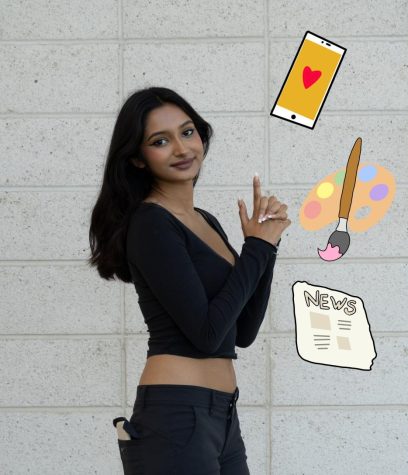
Sidra Asif is the Back Page Editor and Social Media Manager for her third year on the Pilot. Outside of creating content for the newspaper, you can find...




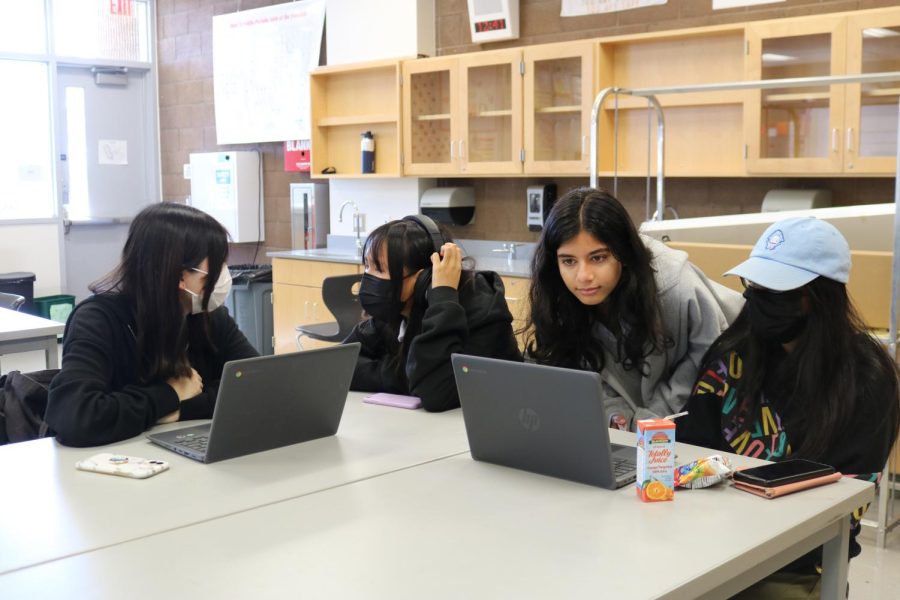
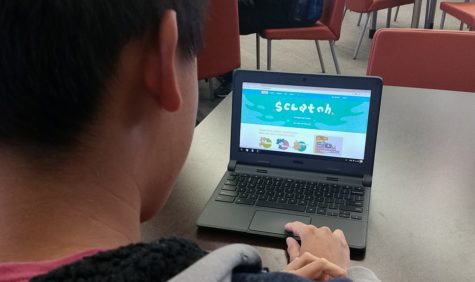
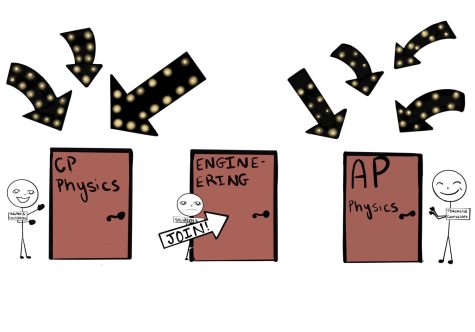
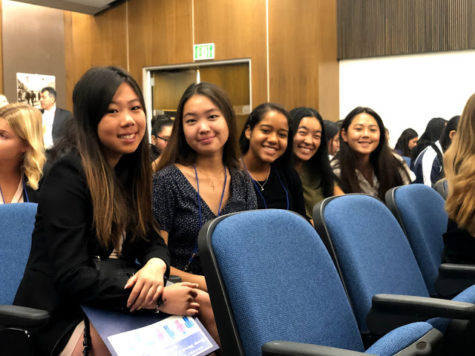
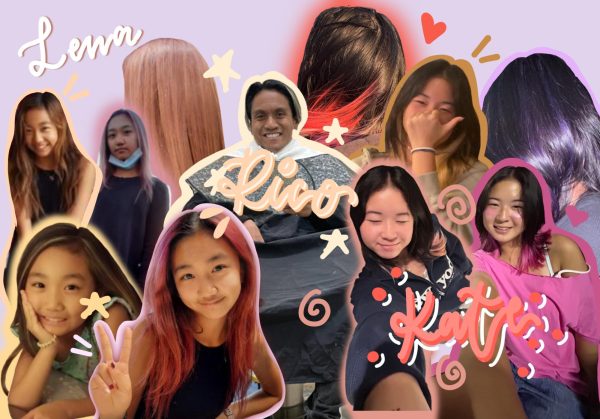

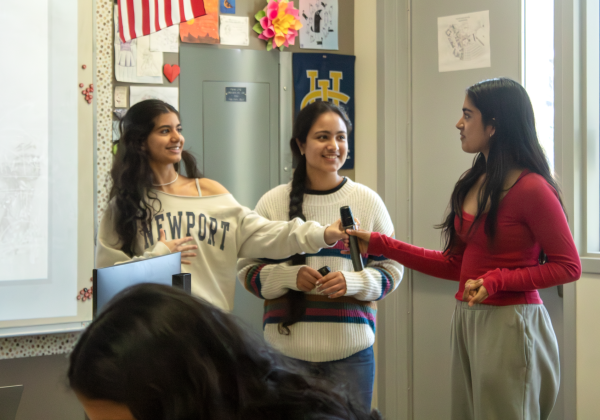
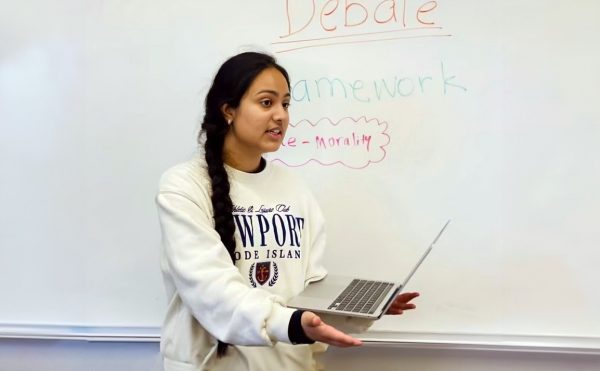
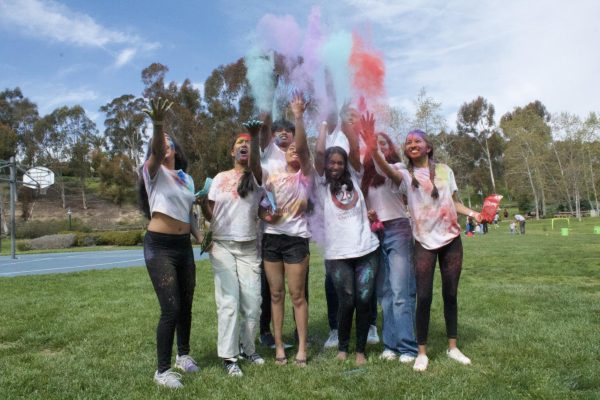
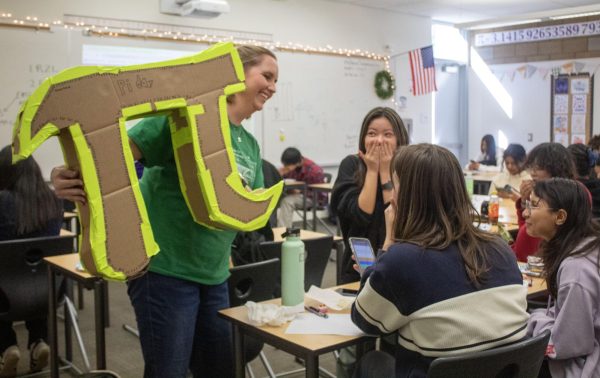
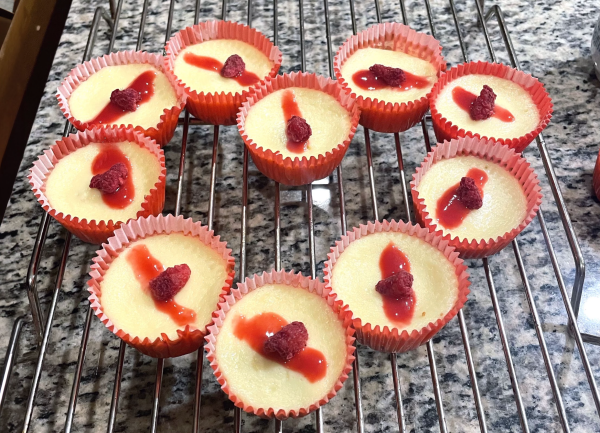
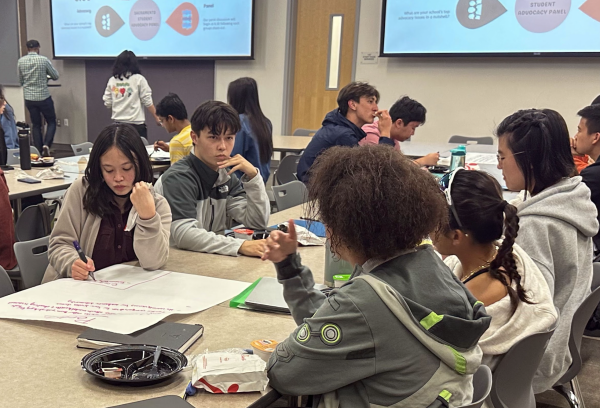
![Junior Joanna Peng utilizes a MacBook and iPad after school to work on assignments. One of Peng’s most used products is her iPad due to its versatility. Peng uses it as a computer using a magic keyboard and also uses it to draw and make calls. “Ive bought iPads since the first generation when it came out, [I’ve bought the] minis, and then I crashed [the iPad 3] under my table,” Peng said. “Its something that I continue to buy and continue to use most often in my life.”](https://portolapilot.com/wp-content/uploads/2024/02/IMG_5259-600x450.jpeg)

